
Solar Inspections: Insights from a Solar Expert
Reality Data Capture is making solar inspection more efficient, safe and standard. Thermal imaging catches anomalies.
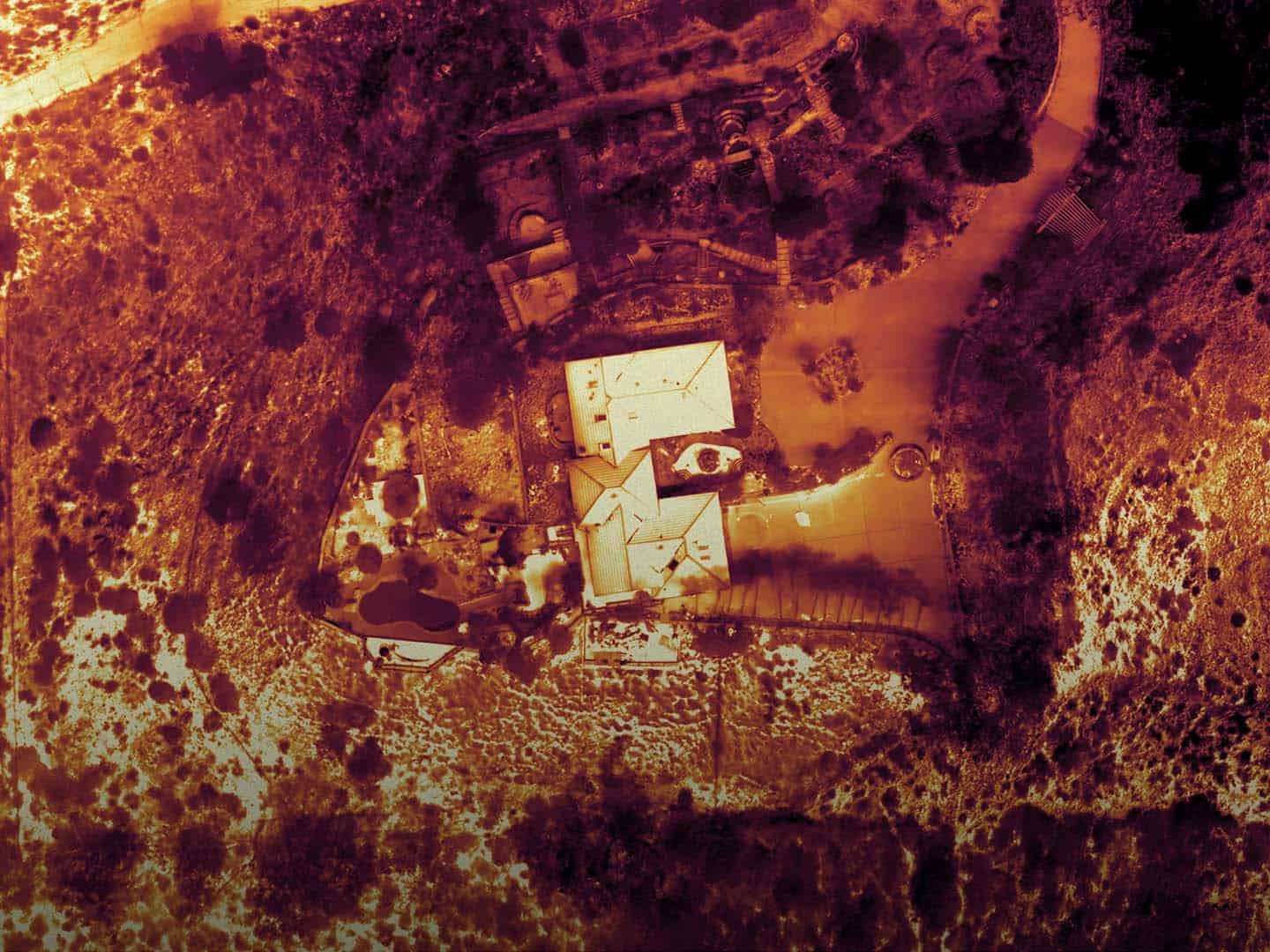
Thermal inspections utilize infrared technology to detect heat patterns and anomalies that are invisible to the naked eye. Our thermal imaging services provide critical insights into the condition of various structures and environments, enabling early detection of potential problems and ensuring optimal performance and safety across industries such as energy, construction, and infrastructure management.

Identify issues like overheating, moisture intrusion, and insulation failures before they become critical.
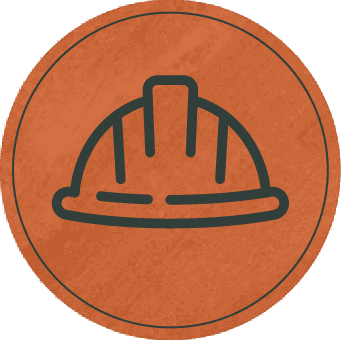
Non-invasive and safe inspections without the need for direct contact or shutdowns.

High-resolution thermal imaging provides detailed, actionable data.
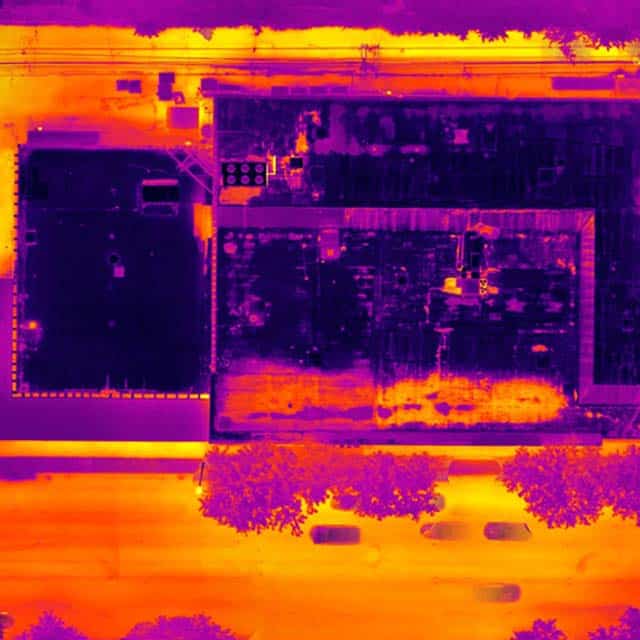
Our thermal inspection process deploys drones with advanced infrared cameras to capture heat signatures across large areas. These thermal images reveal temperature variations, indicating potential problems such as electrical faults, leaks, or structural weaknesses. Our trained pilots conduct these inspections efficiently, ensuring comprehensive coverage and detailed analysis.
Our Thermal Technologies:
We employ state-of-the-art infrared cameras on our drones, ensuring high-resolution thermal images. The sensors available are Mavic 3T/ Matrice 30T / H20T / XT2
Types of Thermal Data Captured:
Thermal inspections capture temperature data across surfaces, identifying hotspots, cold spots, and temperature anomalies. This data is crucial for detecting electrical failures, water leaks, and insulation problems.
Applications by industry:

Monitor and inspect electrical installations, solar panels, and wind turbines for overheating or inefficiencies.
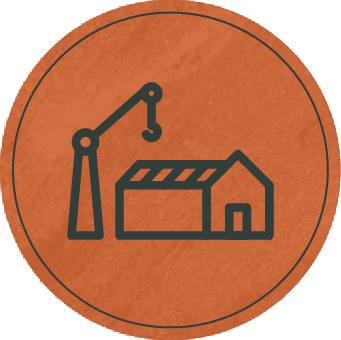
Assess building envelopes for insulation defects, moisture intrusion, and structural weaknesses.

Inspect bridges, roads, and other critical infrastructure for thermal anomalies that indicate underlying issues
At FlyGuys, we proudly offer our thermal inspections as a premium service because we go above and beyond to ensure you get the most accurate and insightful results. We use our own team of highly trained pilots who have mastered the art of using our advanced infrared technology. This isn’t just about detecting heat—it’s about uncovering hidden issues that could save you time, money, and stress down the road. We’ve invested in top-tier equipment and specialized training to provide a service that’s not only reliable but also tailored to meet the unique needs of your project. We’re committed to delivering the highest quality so you can confidently make informed decisions.
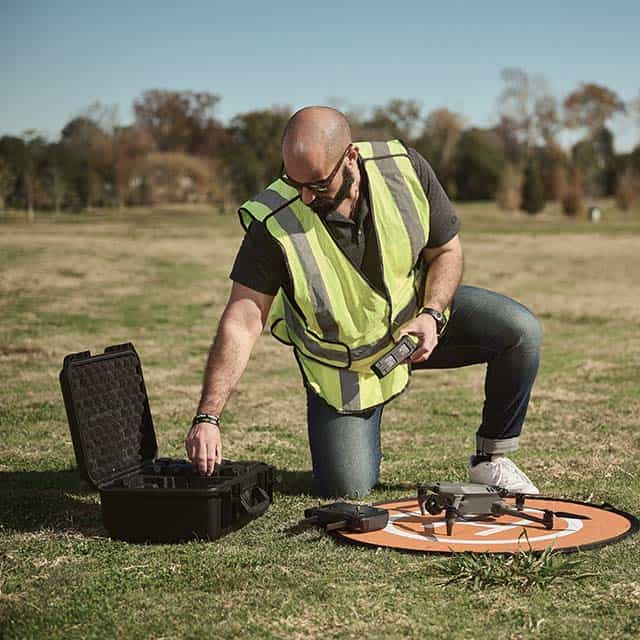
To learn more about thermal inspections, check out these blogs and related resources.
Take Your Project To New Heights
Whether the project takes us to a major metropolitan city, a mid-sized town, or a rural area far away from civilization, we’re ready to deploy FAA-certified pilots and follow stringent safety measures. Connect with FlyGuys for a quote, and let’s explore the right solution for you.
Please note that we are currently unable to assist in the search for missing pets. This limitation is due to the specific challenges and regulations associated with using drones for such purposes.